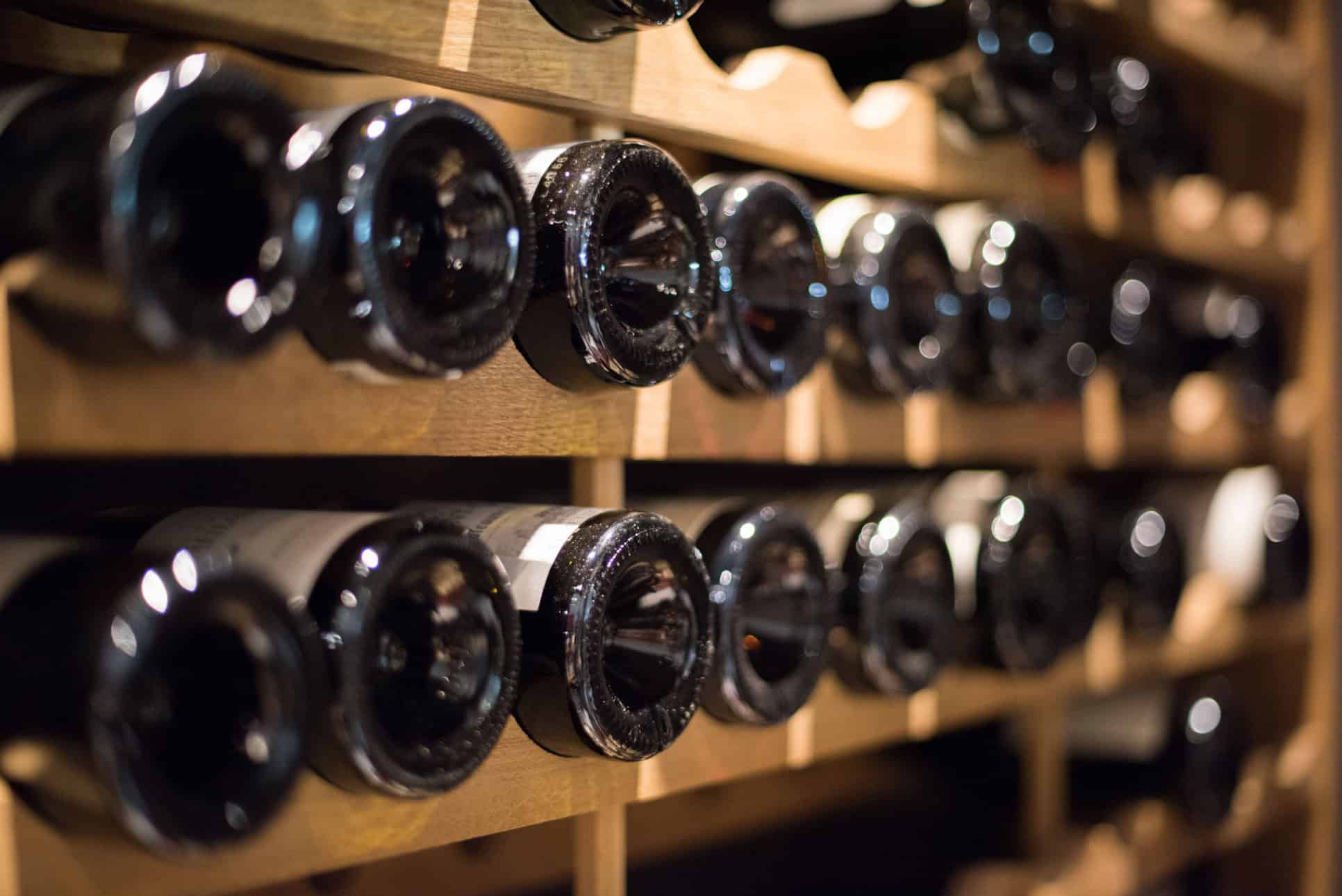Press release
A research study analyses the consumption of wine & champagne in France before and during the health crisis
Published on 30 November 2021 by Aziza B.
Jointly undertaken by NEOMA Business School and Grand Reims, this research study led by Nathalie Spielmann, researcher at NEOMA, analyses the wine-consuming behaviour of the French during the period from 2014 to 2021. The study was carried out using a panel of over 3000 consumers, and reveals the following main findings: a downturn in consumption over the last 7 years, a rise in importance of the price factor in consumer choice, a more stable level of consumption among women than among men, as well as effects resulting from the health crisis, whether in distribution routes or in wine tourism.
A longitudinal study over seven years dedicated to the consumption of wine in France
Led by Nathalie Spielmann, researcher at NEOMA Business School, and undertaken with the support of Grand Reims, this longitudinal study aims to understand how the habits of French consumers concerning wine have evolved over the last seven years. “In order to do this, I organised the research into three phases, before and after the arrival of the unprecedented health crisis we are experiencing. To be specific, I questioned a total of over 3000 consumers in June 2014, then again in February 2020 (before the beginning of the health crisis) and finally in May 2021 (during the health crisis).”
For this in-depth research, Nathalie Spielmann turned to a panel of consumers with an almost equal gender balance (49.6% men and 50.4% women), across the whole of the national territory and with an average age of 42. “The gender equality of the panel was an important criterion. The way women behave towards the consumption of wine is a subject of growing interest, so this study was a wonderful opportunity to analyse the reality of the situation on the ground; it was a matter of examining the matter factually and objectively.”
A multi-criteria analysis to examine the total picture of wine consumption
Consumer habits, purchasing criteria, distribution routes, wine tourism, specific issues related to the consumption of champagne… Nathalie Spielmann structured her analysis of the evidence gathered around several major themes, thereby making it possible to draw up a picture of the situation that was both fair and complete.
The main conclusions of the study show that:
- The health crisis caused a downturn in wine consumption compared to the consumption habits noted in 2014.
- Over the last 7 years, wine consumption has reflected several fluctuations: an increase in consumption between 2014 and 2020 then, as the health crisis took hold, a considerable downturn, both in terms of volume and value. “The health crisis caused purchases to decrease to a level lower than in 2014, falling by 30%!” emphasises Nathalie Spielmann.
- However, before the health crisis consumption by women was stable (going from 6.16 bottles in 2014 to 6.15 bottles in 2020), whereas consumption by men increased over the same period (from 7.69 bottles to 9.97 bottles).
- There are also noticeable regional disparities in consumption. For example, the inhabitants of the Pays de la Loire consume the least by volume (5.23 bottles per month) and Brittany is the region with the lowest spend per bottle (€ 11.46). At the other extreme, the Ile de France has the highest consumption (8.06 bottles per month) and Nouvelle-Aquitaine the highest spend per bottle (€ 20.18).
- Although consumers are increasingly careful about the amount spent per bottle (€ 19.66 on average in 2014 compared with € 13.91 in 2021), this trend does not affect the champagne sector. “In the champagne market, we have a product where the perception of quality continues to increase, so consumers are more inclined to devote a large part of their budget to treat themselves to champagne,” explains the author of the study.
- The act of purchasing wine by the French consumer is mainly influenced by two key criteria: firstly, the origin of the product, with the consumer showing a very strong preference for wine from their own country, and secondly, the price per bottle.
- Distribution routes have also been impacted over the last seven years. Whereas the period from 2014 to 2020 saw strong growth in purchases in specialist shops, the year of 2021 was characterised by supermarkets returning in force as a place to buy wine. “Another interesting factor was that although specialist shops lost their attraction, purchasing directly from the producer remained quite stable between 2014 and 2021,” points out Nathalie Spielmann.
- As far as wine tourism is concerned, the COVID crisis stimulated the domestic tourism market, but at the same time consumers displayed more stringent demands. “In 2014 and 2020, the main criteria mentioned by the consumers who were questioned were how welcoming the staff were, and whether it was possible to taste the wines for free or visit the cellar,” says Nathalie. “Now they want activities for their children, easy access by car and quality decor in the tasting room.”
COVID crisis & alcohol consumption in France
In a study undertaken between 2014 and 2021, Nathalie Spielmann, a professor at NEOMA Business School, questioned almost 3000 French consumers about their habits concerning the consumption of Wine and Champagne.
The work carried out by the researcher revealed a downturn in wine consumption during the health crisis, stable consumption by women over the last 7 years, the increasing importance of the price factor in consumer choice, as well as direct impacts caused by the COVID crisis on wine tourism.
For more information on this study




